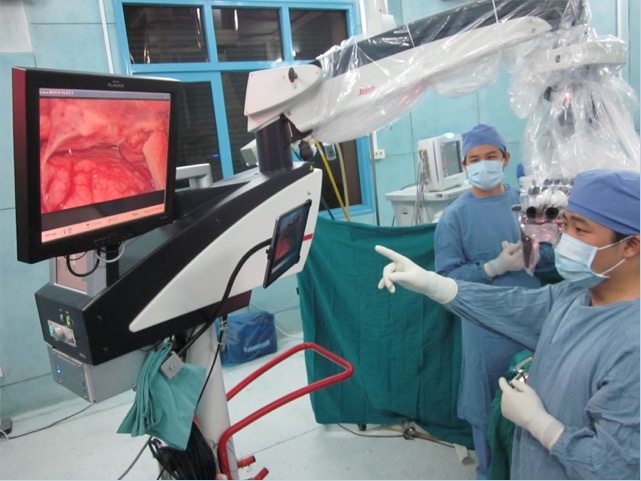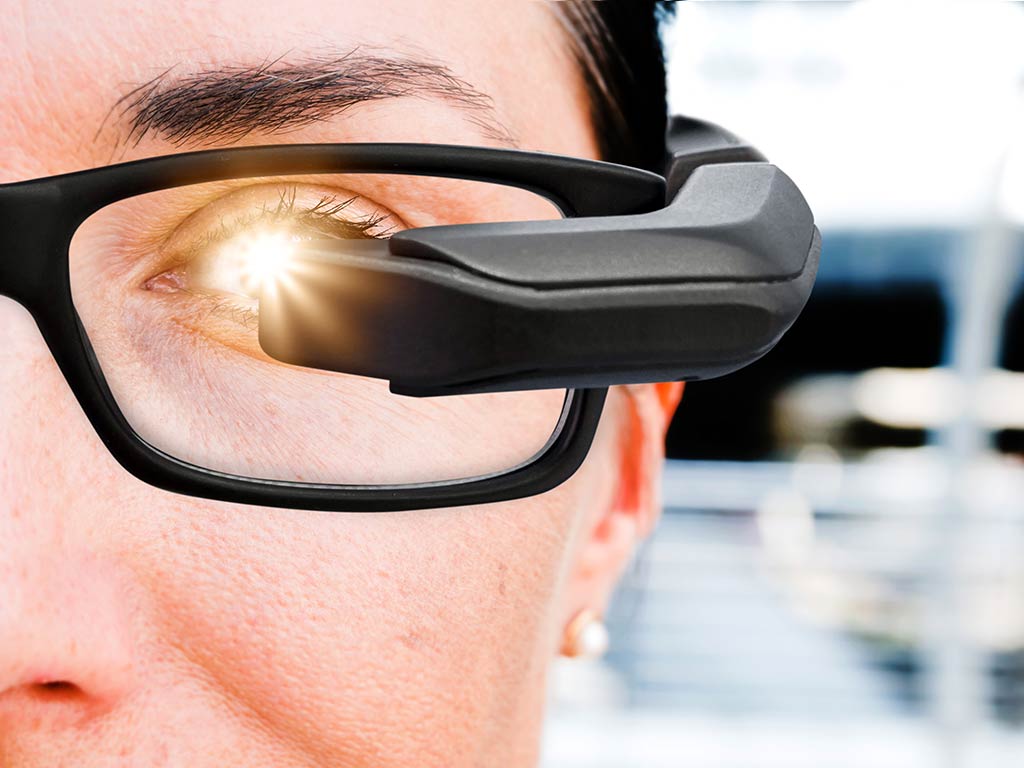Location information
Hospital address
Maastricht UMC+ P. Debyelaan 25 Maastricht Netherlands 6229 HX Netherlands
Hospital type
Public
Hospital description
Academic (Residency Program)
Description
I am a fully trained part-time pediatric, part-time adult neurosurgeon. My main interest and experience is in hydrocephalus, complex hydrocephalus, cranial endoscopy, transnasal (endoscopic endonasal) pituitary surgery, vagus nerve stimulation, spinal cord tumors, hindbrain herniation, syringomyelia, spinal dysraphism, tethered cord, cranial and spinal arachnoid cysts, and finally thoracoscopic, more specifically thoracoscopic microdiscectomy as a treatment of symptomatic thoracic disc herniations. I also occasionally use my thoracoscopic experience for corporectomies, e.g. in cases with a thoracic hemvertebra causing severe kyphoscoliosis.
For hydrocephalus, we use Miethke Paediatric GAV, adult GAV, proSA, ProGAV2, ...
For cranial endoscopy, we use Aesculap Minop 0 and 30 degrees scope In adults, and STORZ Little Lotta in children.
For pituitary surgery, we use modified Cappabianca set and 0 and 30 degrees STORZ scopes, as well as Brain Lab KICK EM (electromagnetic) navigation (also used in complex hydrocephalus).
For spinal navigation, we use the O-arm (Medtronic). We have a very strong collaboration with adult and pediat4oc orthopedic surgeons in our hospital, doing most complex (instrumented) procedures together skin to skin.
For thoracic disc herniations, we have one of the largest single center series in the world, including almost 600 cases operated thoracoscopically to date ( all operated by a single surgeon (Erwin Cornips). We are currently training a second surgeon, and implementing the technique in another nearby hospital to reduce our waiting list, as we have many referrals from outside our primary referral area (Belgium, The Netherlands, occasionally Germany and France). We have developed our own technique (part of my PhD project that will be finished next year), using Aeculap MIASPAS set, STORZ 3D HD thoracoscope, flexible trocards, a pneumatic arm holding the scope (single surgeon technique), while sparing the costovertebral joint thus reducing postoperative pain and speeding up postoperative recovery. We have successfully used a thoracoscopic approach in a few children (<18y old) with a symptomatic thoracic disc hernIation, as well as in several children with a thoracic hemivertebra.
Member information
Name
Erwin Cornips
Member type
Clinical department
Specialty
Neurosurgeon
Subspecialties
- Trained paediatric neurosurgeon
Languages spoken
- Dutch
- English
- French
- German
- Turkish
Professional affiliations / memberships
- ISPN
- ESPN
- CNS
- Other
Social profiles
Current and past partnerships
Has current partners or past partnership experience in these countries
- Germany
- Netherlands
- Turkey
In Germany, more specifically in Aachen, we tried to implement our experience with DBS in their academic department. Cultural differences at the time (some years ago) were quite strong and active collaboration was suspended. However, some contacts have remained active to date, and recently talks have started to help them getting started with an epilepsy surgery program (which has been strongly developing in our department in adults and more recently in children over the past 10 years).
In The Netherlands, more specifically in Nijmegen, we are currently implementing our experience with DBS in their academic department (UMCN), helping them to start up a DBS unit, and combaiming forces to become one of the larger DBS groups in the Benelux area. The collaboration is a success, and is now expanding to vascular neurosurgery as well.
Our soon to be new head of the department (professor Yasin Temel) has Turkish roots yet was born and raised in The Netherlands. He has strong bonds including honorary affiliations with different departments in Turkey. Collaboration mainly focuses on DBS (clinically) as well as basic research in both countries.
Conditions treated
- Hydrocephalus
- Spinal dysraphism
- Trauma
- Vascular
- Spine
- Epilepsy
- Spasticity
- Peripheral Nerve
Equipment used
- Drill
- Microinstruments
- Microscope
- Neuroendoscope Rigid
- Frameless navigation
- Spinal instrumentation
- MRI
- Angiography
- CT
- ECOG


